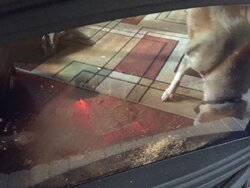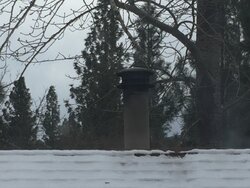I have been following the thread started by SkydiverChris and have a question regarding my Buck. Are you supposed to start shutting down the air before or after you close the bypass when the cat lights ? I have been closing the bypass as soon as it hits the active range but have not been able to get cat to glow, and after I close the bypass I start closing the air down and have got cat temps as high as 900 and no glow or secondaries. Could my cat be bad? This is my second year of running this insert.
Many thanks in advance and I hope I did not confuse you all with my questions.
Thanks again
Many thanks in advance and I hope I did not confuse you all with my questions.
Thanks again






 Feel free to PM...
Feel free to PM...